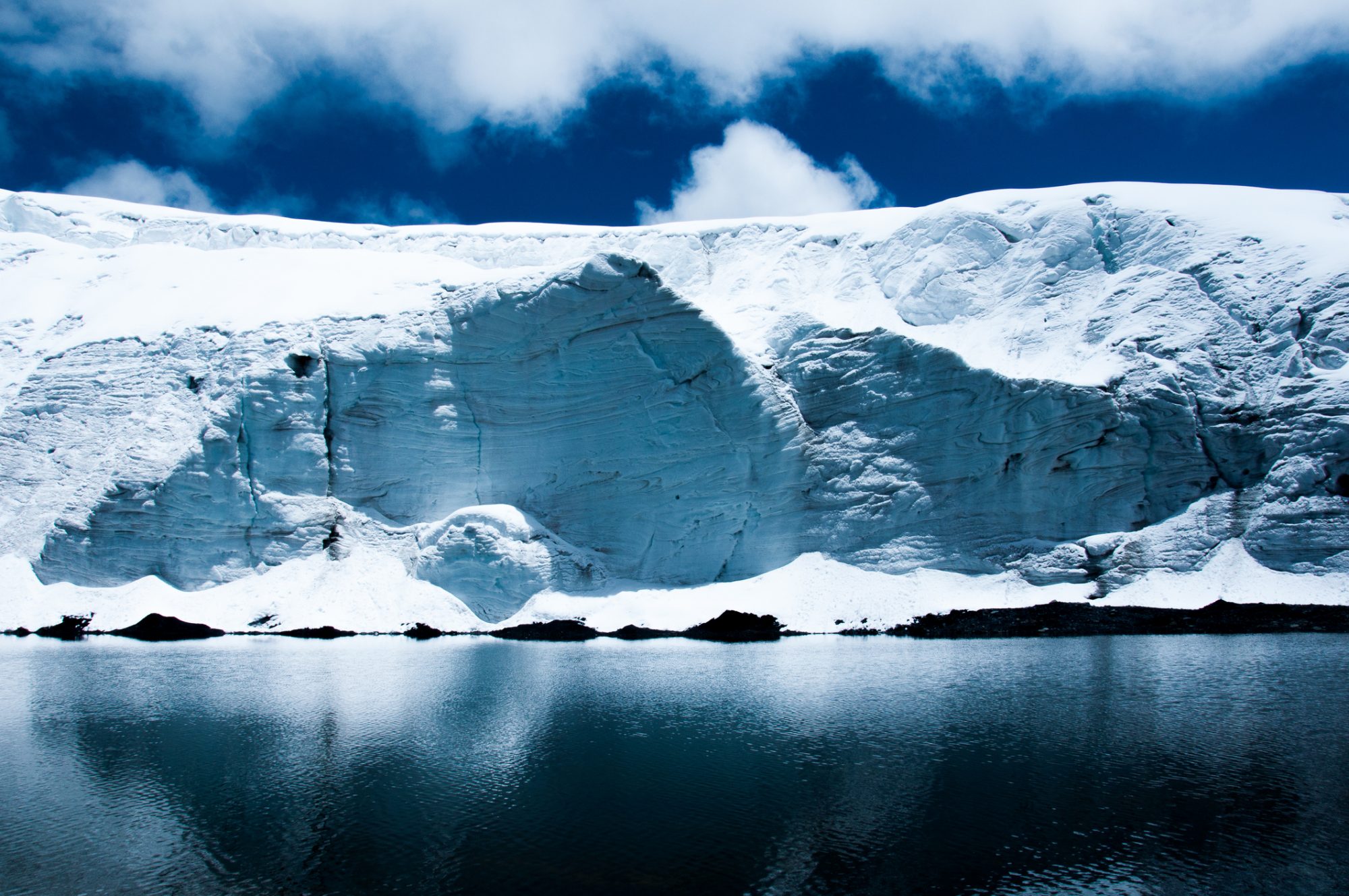What’s Hiding in Melting Glaciers?

In the spring of 1799, a Siberian reindeer herder named Ossip Schumachov spotted a strange black mass emerging from the edge of a glacier. A year later, he returned and found parts of the mass exposed, but he still had no idea what it was. By the third year, a tusk had emerged, and after two more years, the ice had completely melted, revealing the carcass of a giant mammoth, 20 feet long, 11 feet tall, and more than 35,000 years old, preserved almost completely in the ice.
Schumachov harvested the tusk and sold it to a merchant from Yakutsk, which had become a major Russian trading center thanks to expeditions seeking resources deeper into Siberia. There, merchants sold ivory from animals they had never seen before, such as walruses, narwhals, and elephants. However, elephants could not live in Siberia, so the locals explained that the tusks came from a creature that lived underground and would die if it touched the surface.
Meanwhile, scholars in Enlightenment-era Europe proposed various theories, such as unicorn horns, giant human bones, or the remains of sea monsters. Some believed that elephants lived in cold climates, or that Siberia was once tropical. Some even mistook the large-nosed mammoth skull for the head of a one-eyed man. To solve these mysteries, the Russian Empire sent scientists to Siberia, including Mikhail Adams. In 1806, Adams traveled to Yakutsk and heard about a northern mammoth carcass.
He immediately set out on a journey of more than 1,000 kilometers, and after three months, he found the mammoth carcass, although wild animals had gnawed off a leg, most of its internal organs, and its trunk, but the skin and skeleton were still intact, and the thick hair proved that the mammoth had lived in the Arctic. This discovery reinforced Georges Cuvier’s hypothesis of species extinction, and later, discoveries from Siberian mammoths contributed significantly to the theory of the Ice Age, Darwin’s theory of evolution, and the development of paleontology.
More than two centuries later, the ice is melting at an unprecedented rate, revealing natural “geological archives.” A team of scientists has been tracking the melting of glaciers for the past 40 years, showing that ice holds not only ancient stories but also a geological memory of the Earth.

For example, in a plateau in Norway, archaeologists discovered a 1,700-year-old woolen cloak along with thousands of other artifacts, from clothing to tools to horse bones. These artifacts show migration routes and how people adapted to environmental changes. As the ice melts, discoveries from Alaska, Siberia, and the Alps reveal that many artifacts could be lost forever if not found in time.
Researchers also collected ice cores from Greenland and Antarctica, which provide climate records spanning hundreds of thousands of years. These ice cores hold volcanic ash, lead from the Iron Age, and radioactivity from nuclear testing, and reveal important climate changes. As the ice melts, these precious “memories” will disappear, creating a major challenge in preserving information about the Earth’s climate history.
As glaciers melt, unexpected things come to light, creating opportunities to uncover untold stories about how nature changes. Mauri began a project to track multiple glaciers on a mountain range when he realized that, aside from the US Geological Survey, which is facing budget cuts, no one else was studying the problem on a large scale. It was part of an effort to capture the last moments of glaciers before they disappear completely.
On a recent trip, a survey team found a shoe and sock from melting ice on Everest that may have belonged to climbers George Mallory and Sandy Irvine, who disappeared in 1924 while attempting to summit Everest. The discovery is part of a series of clues left behind from the tragic climb, including Irvine’s ice axe and Mallory’s body found in 1999.
While Irvine’s camera – which could confirm whether they had reached the summit – has yet to be found, the discovery has revived one of the greatest mysteries in the history of the expedition.
Mauri’s daughter, Jill, has joined the project and brought her artistic perspective to bear on the impact of climate change on glaciers. She uses drawings to depict the changes in glaciers over the years, helping people to feel their decline more clearly. Jill believes that art can convey powerful emotions that data panels cannot, helping the public to understand the changes that are taking place.
For Mauri and Jill, the project is not just a scientific endeavor, but also a way to preserve the cultural and environmental memory of the glaciers, a “record” for the future when these ice sheets are gone. They hope that through the pictures and data they collect, the memories of the glaciers will be preserved and help future generations understand their great significance in the story of the Earth.








